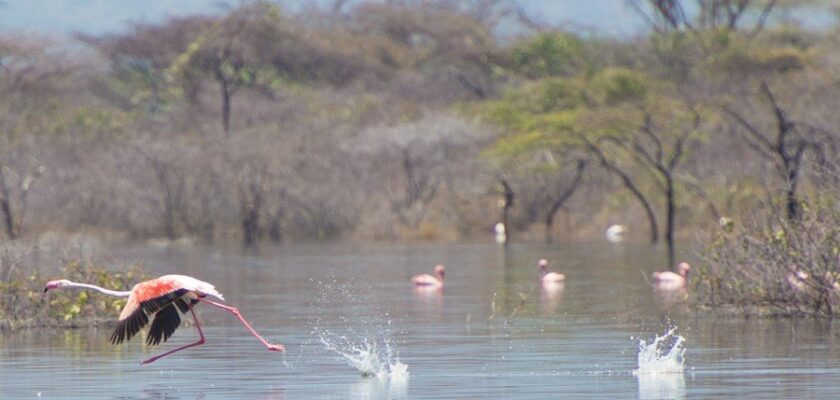Lake Bogoria
Lake Bogoria is an alkaline and very saline lake in Kenya that is home to a huge number of pink flamingos and 135 species of other birds. For half a century Lake Bogoria has been home to a national park of the same name. Picturesque landscapes and abundance of avifauna attract tourists from all over the world. Travelers come here to observe birds and make memorable photos.
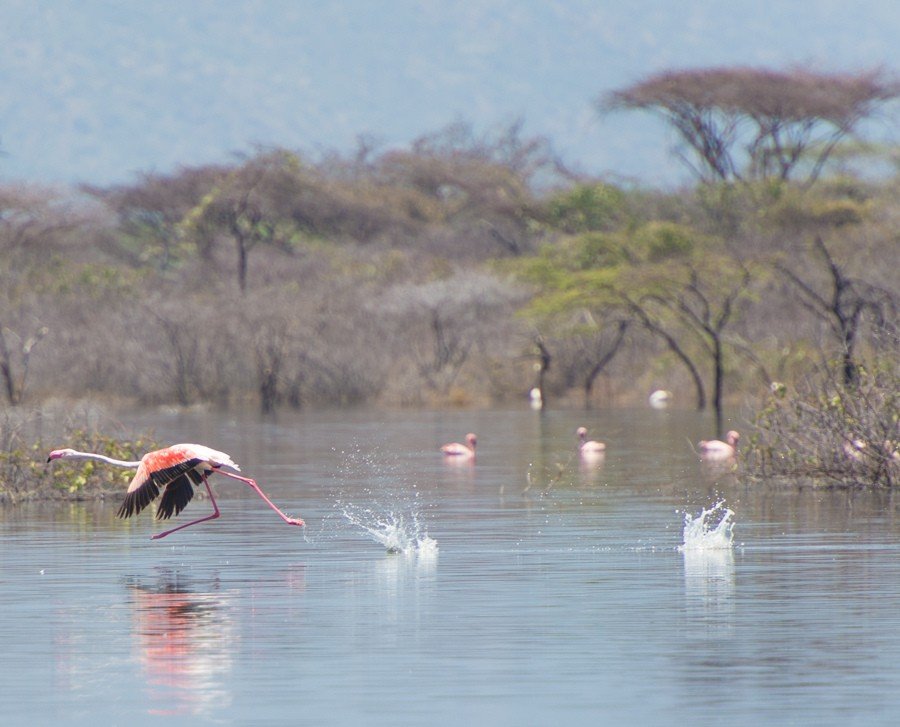
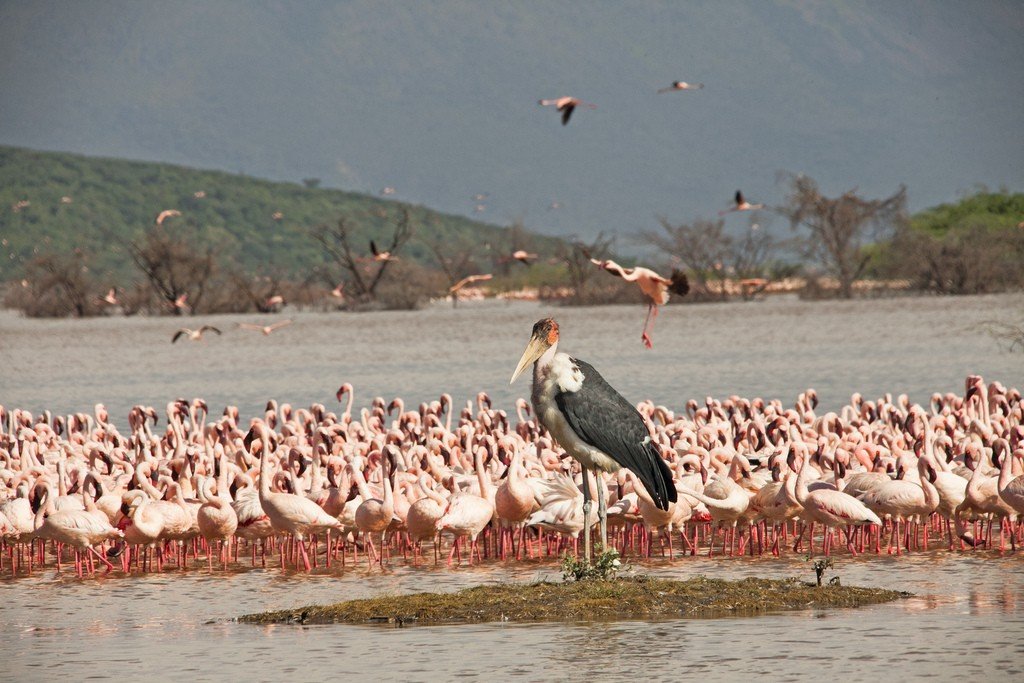
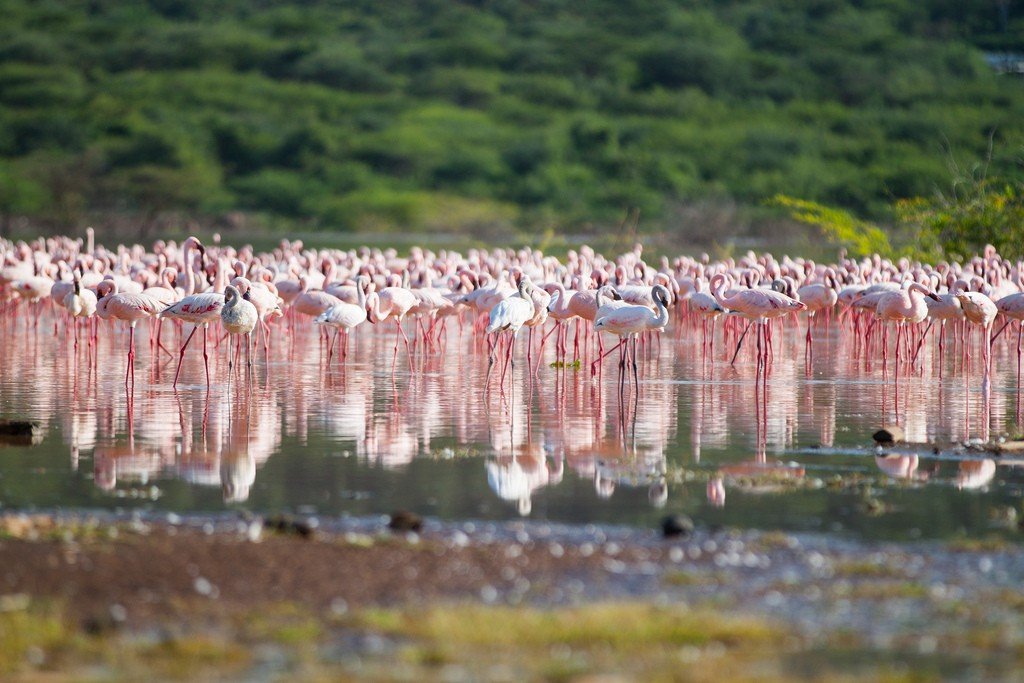
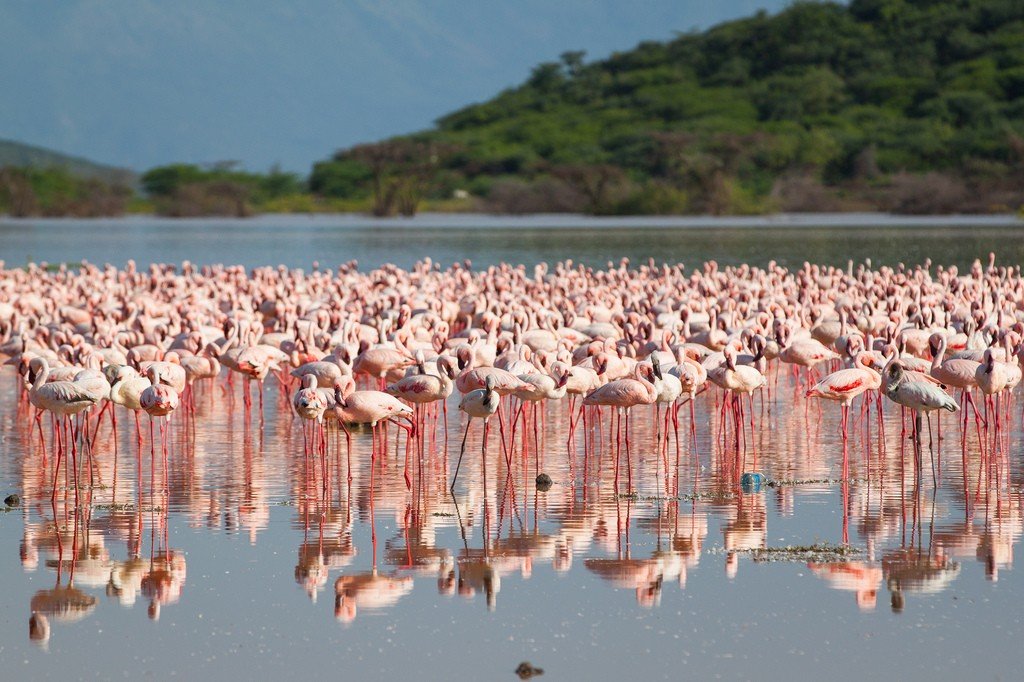
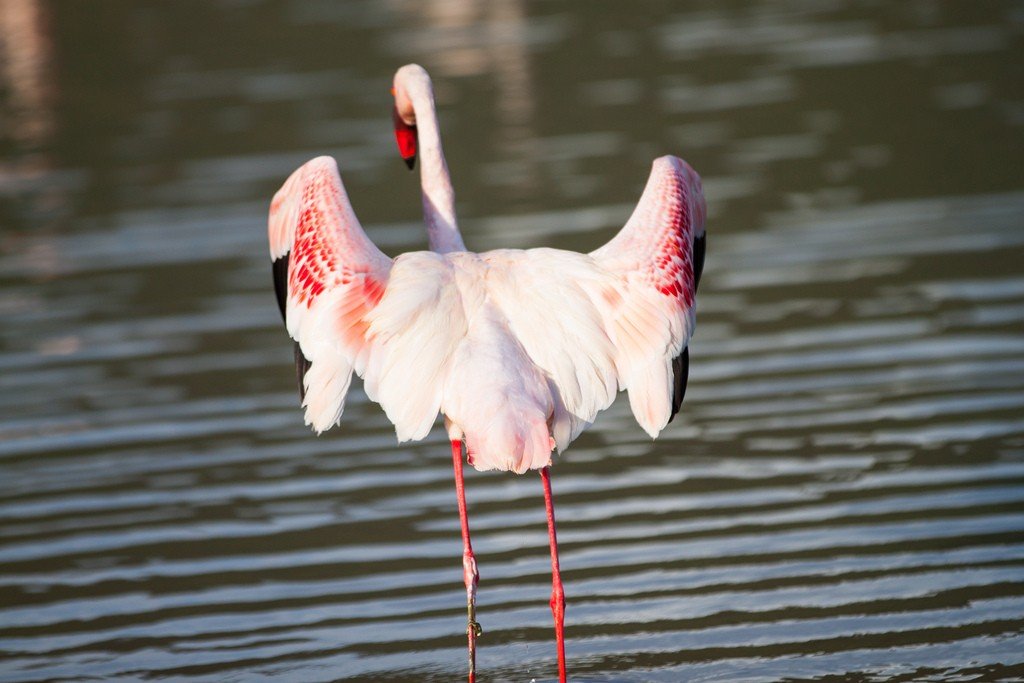
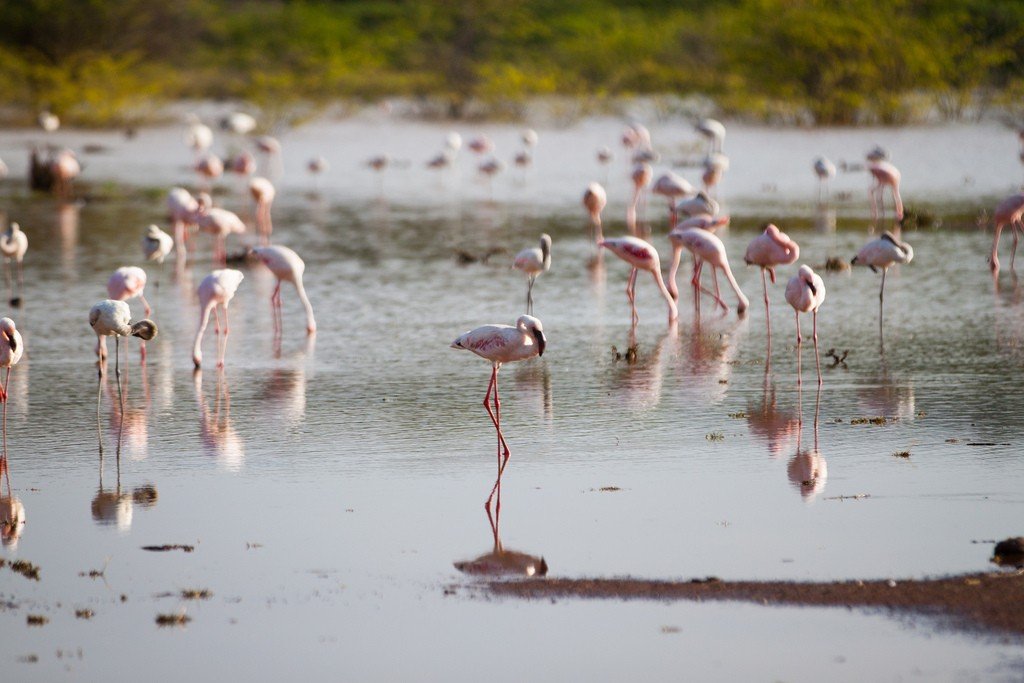
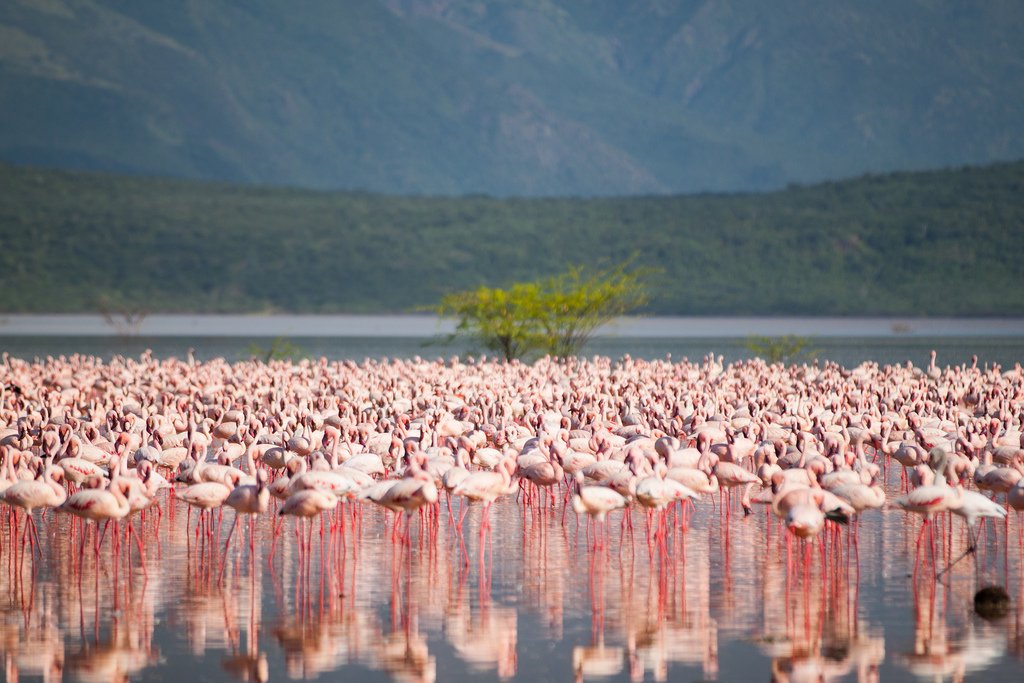
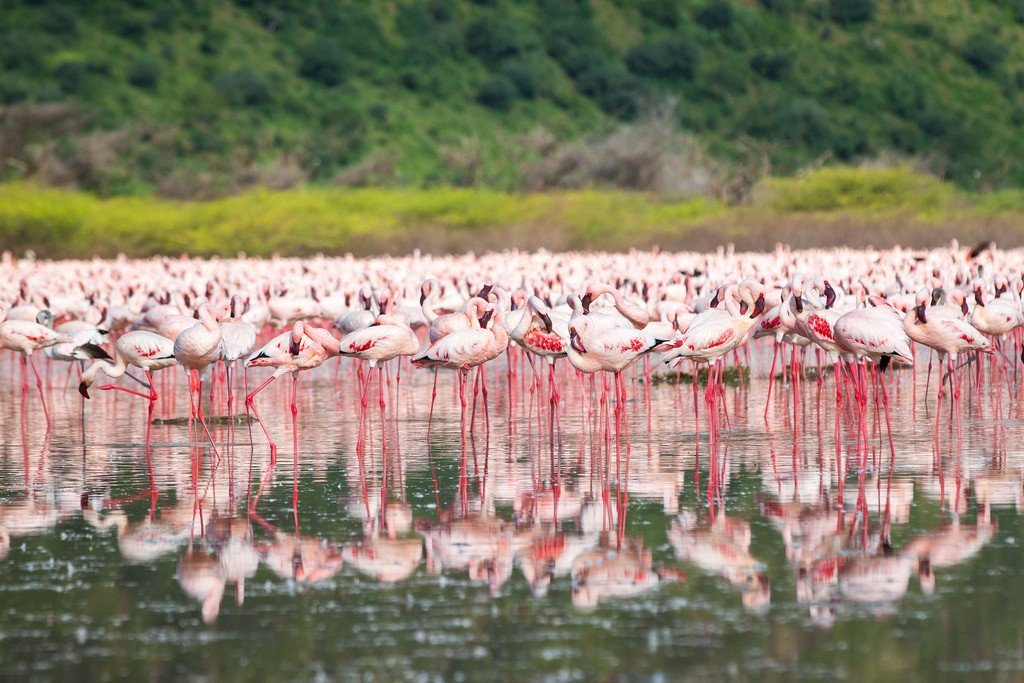
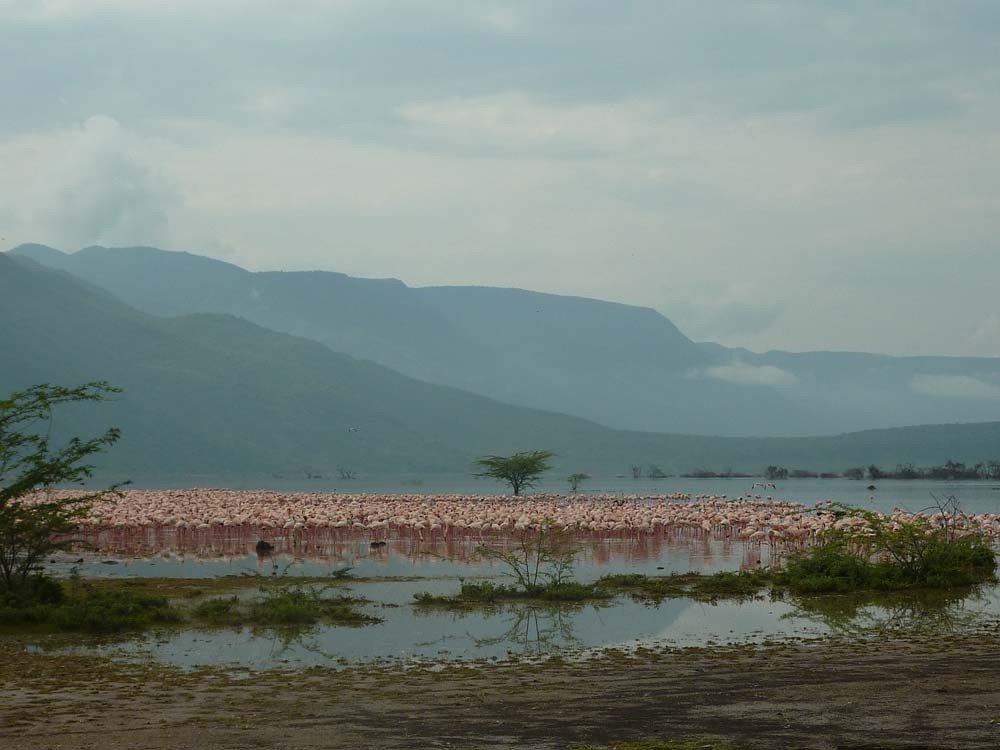
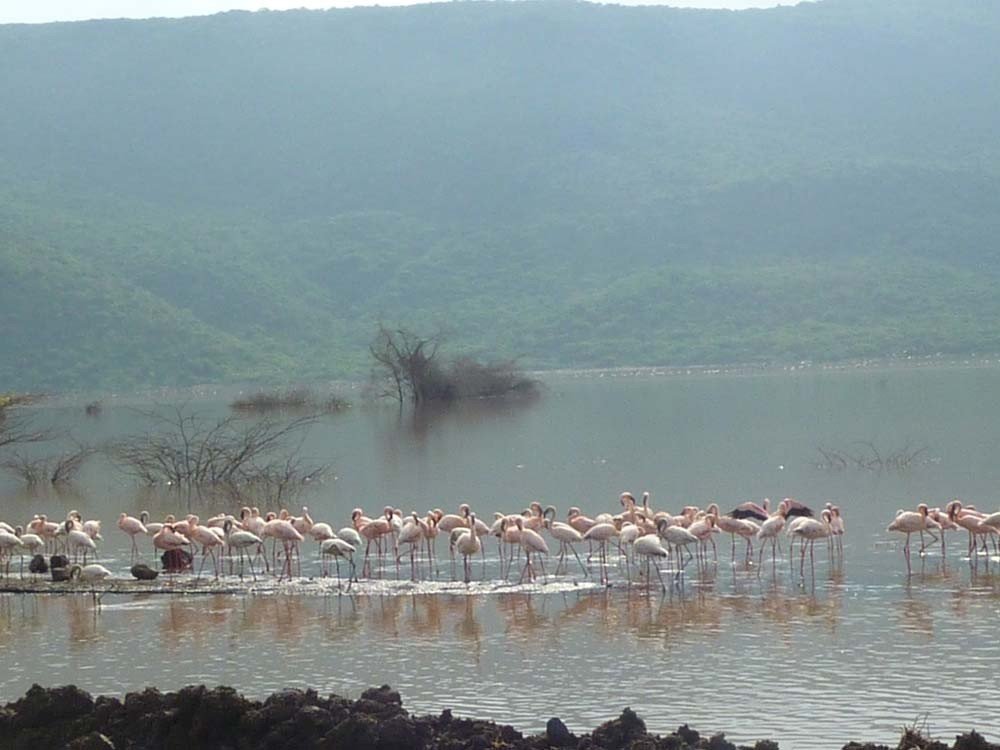
Video: Lake Bogoria
” title=”YouTube video player” frameborder=”0″ allow=”accelerometer; autoplay; clipboard-write; encrypted-media; gyroscope; picture-in-picture; web-share” allowfullscreen> ContentsHighlights
Lake Bogoria is spread out in the north of the Great Rift Valley. Since 2011, it has been recognized as a UNESCO World Heritage Site and, along with other unique water bodies of the planet, is protected under the Ramsar Convention for the Protection of the Earth’s Wetlands. The lake is 17 km long and 3.8 km wide. The water surface area is 33 km² and the greatest depth is 9 meters. In the beginning, the Kenyan lake was named Hannington in honor of the discoverer, but later it was renamed Bogoria.
.The shores of the natural reservoir are not waterlogged, and there are a half dozen hot alkaline geysers. Some geysers eject water up to a height of 5 meters. Approaching Lake Bogoria is not difficult, however, flamingos are very timid. As soon as the birds see people, they scatter in thousands on the water and rise into the air. However, even from a distance, a flock of flamingos is a grandiose spectacle.
.Excursions to Lake Bogoria are conducted in the daytime, as overnight stays in the national park are not provided. Tourists are charged $50 per person plus $15 per car.
.
Natural Features
The Loburu, Emsos and Sandai rivers flow into the Kenyan reservoir. According to measurements, the pH index of the lake water reaches 10.5, meaning it is alkaline. In addition, the water in Lake Bogoria is very salty. The salt concentration here reaches 100 g per 1 liter. Alkaline recharge occurs thanks to 200 bottom and coastal thermal springs, whose water temperature reaches +39…+98 ° C.
.After scientific research, it became known that Lake Bogoria was once freshwater and deeper. For 10 thousand years it became fresh and salty several times. Today the lake is referred to the so-called meromictic natural reservoirs. Bottom water in it is denser and more mineralized than on the surface, and these layers are separated by a powerful chemocline.
.Despite the extreme chemical composition for life, the lake is home to many small organisms that serve as food for flamingos. Tiny rotifers and spirulinae are so abundant here that the graceful birds specially come to Bogoria to fatten up and arrange their weddings.
.
What to see
Flamingos are plentiful at Lake Bogoria, and from afar they look like a huge pink cloud. The number of individuals depends on the season and varies from 500 thousand to 2 million. The birds never sit still. They are constantly moving across the water in one direction or the other. Sometimes flamingos dip their crooked beaks under the water and eat, and sometimes they perform wedding dances in front of each other.
.The main goal of tourists is to photograph the birds and make a memorable video. In addition, travelers arrange picnics on the shores of Lake Bogoria. In addition to flamingos, the national park protects the rare Greater Kudu’s screw-horned antelope, buffalo, zebra, gazelle, baboons, vultures, bustards and skylarks.
How to get thereLake Bogoria is spread out in Kenya’s Rift Valley province. Baringo County, where the body of water is located, is not easy to reach. The closest airport is Kerio Valley (KRV). There are no other tourist facilities, hotels and campgrounds around the lake. Tourists travel to the reservoir by car, and it can only be accessed from the western, less mountainous shore.
.